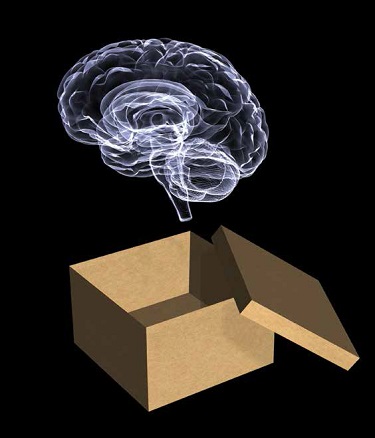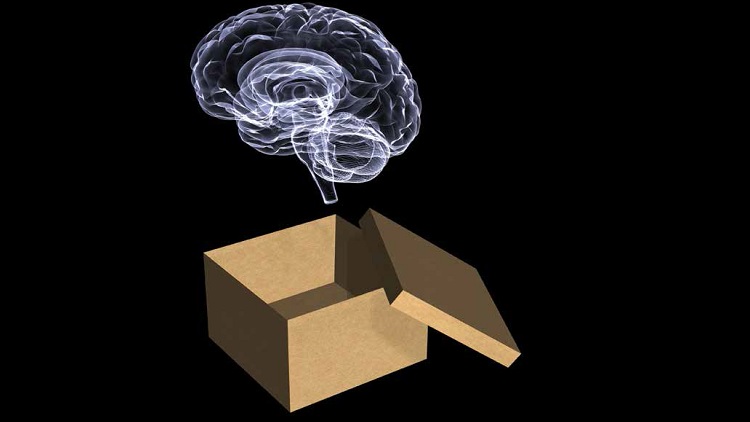Over recent years, there has been something of a trend toward fewer, more powerful components in largescale AV systems, driven by the need to distribute media throughout an enterprise to a variety of work and meeting spaces. What impact will the AV/IT convergence, especially cloud connectivity, have on these all-in-one solutions?
“I think the market as we have known it is going to migrate from one of black boxes that solve problems to one that has three different components,” said Clint Hoffman, VP of marketing, Kramer Electronics. Those three components are AV-over-IP networks, cloud-based control and analytics, and wireless presentation and collaboration, he said.

“The thing about all three of those boxes is that they’re all software,” he continued. “We’re on the precipice of becoming a software industry.”
The IT department will demand an enterprise level above those three “boxes,” he added. “If your IT people can’t have enterprise- level management and see everything effectively and easily from one dashboard, then you’re going to have some problems.”
It is true that we are seeing fewer, more powerful components in some installations, said Nic Milani, executive director of cloud solutions at Crestron Electronics. “But on the flipside, we’re seeing the need for really simple components,” Milani said. “No longer do I go into a room with four walls to have a meeting with a person. It might just be an open space with three chairs and a display. The hardware that we assign there is actually quite simple, more plug-and-play.”
We should also not lose sight of some of the limitations of networks in relation to the requirements of AV, believes Andy Fliss, VP, sales and marketing, tvONE. “We have this race for resolution, color depth, and bandwidth on one side, and on the other side we see a push to be network-centric,” he said. “But technology is far from being able to do high quality, high-resolution images on a standard network. Every manufacturer is being forced to choose: quality versus quantity.”
That said, “I think there’s a lot to be learned from the IT industry, and I think most of that has to do with proper standardization. We still don’t do that well,” said Fliss, noting that HDMI, HDbaseT and other interfaces could be better, plus, being proprietary, demand licensing fees from manufacturers.
DVIGear has certainly learned from IT. Its new DisplayNet overcomes bandwidth limitations by leveraging 10Gb ethernet data center technology. “The cost, the reliability, the form factor, the compactness, the size, the intellectual bandwidth of these products is significantly greater than the sum total of all that exists in the AV marketplace up until now,” said company president Steven Barlow.
“The issue is that every AV matrix switcher, which is the heart of signal distribution systems these days, is its own proprietary network with proprietary hardware and proprietary endpoints. And that signal distribution business is not trivial—it’s well over a $1 billion-a-year industry,” Barlow said.
DisplayNet does it all, he added, acting as either a transmitter or a receiver, supporting matrix switching and multiple distribution applications of up to 4K video signals, plus audio and data, and using inexpensive off-the-shelf switches from Cisco, NetGear, and others. “And every pixel and bit that goes into our system comes out unmolested and unconstrained with zero latency and no compression artifacts. That is something that hasn’t existed up until now.”
Whatever the capabilities of the network and the AV components connected over it, cloud integration may offer the most potential for integrators eager to add value and new services in the future. “You’ll be able to very easily capture any analytics you want to capture,” explained Hoffman. “You can say, how many people are using this room? How many products are they using and how often? Which products do they never use? You can make those ROI decisions, which empower your end user.”
Then, layer in the Internet of Things, he continued. “Now you can have pressure-sensitive mats at a huddle space, so that when somebody sits down in a chair the system powers on automatically and gets ready to receive input from users. It’s going to become quite an integrated world.”
Data is already being generated by the many thousands of Crestron Fusion Cloud installations worldwide, reported Milani, and that can be used to build more intelligence into a system. “We’re fundamentally a data aggregator. We can help the employee better navigate their day, and help the organization better analyze how employees are navigating the day and how to create more efficiencies.”
Crestron is working on using that data to analyze what capabilities should be implemented in firmware, at the company’s .AV Framework level, or custom programmed, said Milani. Data also enables customers to see what is going on instantaneously. “But let us not underestimate the difficulty of actually analyzing that data,” he cautioned, noting that the sheer quantity of data points can be overwhelming.
A cloud-based control system will also offer scalability, said Hoffman. “Say I need to add a Blu-ray player in the conference room. I won’t have to get a $200-an-hour programmer for however long it takes for them to figure out how to write the code to make that happen. In the future, you’ll just call your integrator and say, I’ve got this Blu-ray player from Samsung. They’ll say, ‘No problem, go ahead and sync your iPad.’”
Yet for all the talk of convergence, there is still an AV-IT divide, said Fliss. “I talk to a lot of end-user customers. They know that their networks can’t do what AV does. They still say, ‘Stay away from my network.’ And there’s fear on the AV integrator side to get to know IT. But they’re coming together.”
Apart from major installations such as stadiums or new builds, he added, “Most of the integrators, the guys in the Top 50, say they don’t really get involved in IT. Most AV installations are still AV.”
Steve Harvey (sharvey.prosound@gmail.com) is editor-at-large for Pro Sound News and also contributes to TV Technology, MIX, and other NewBay titles. He has worked in the pro audio industry since 1980.
